Neuroscience
-
 Neuroscience
NeuroscienceVideo game sharpens up elderly brains
Adults over 60 who played for several hours a month beat untrained 20-year-olds in racing game.
-
 Neuroscience
NeuroscienceThe Autistic Brain
Thinking Across the Spectrum by Temple Grandin and Richard Panek.
By Meghan Rosen -
 Neuroscience
NeuroscienceCaffeine shakes up growing mouse brains
When pregnant mice consumed caffeine, their offspring had altered neurons and faulty memory.
-
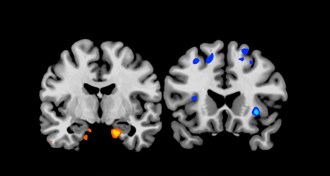 Neuroscience
NeuroscienceOne sleepless night weakens resolve in the face of doughnuts
Sleep loss changes brain activity and food preferences.
-
 Neuroscience
NeuroscienceCamping resets internal clock
After a week in the wild, people went to bed and got up earlier.
By Meghan Rosen -
 Neuroscience
NeuroscienceBrainwashed
The Seductive Appeal of Mindless Neuroscience by Sally Satel and Scott O. Lilienfeld.
By Bruce Bower -
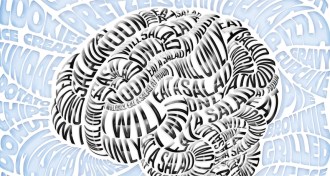 Neuroscience
NeuroscienceThe Anorexic Brain
Neuroimaging improves understanding of eating disorder.
By Meghan Rosen -
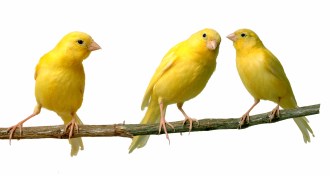 Neuroscience
NeuroscienceFinding the brain’s common language
Erich Jarvis dreams of creating a talking chimpanzee. If his theories on language are right, that just might happen one day.
By Erin Wayman -
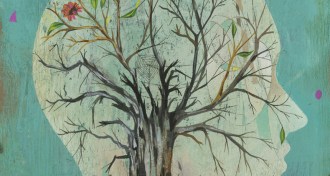 Neuroscience
NeuroscienceMemories lost and found
Drugs that help mice remember reveal role for epigenetics in recall.
By Susan Gaidos -
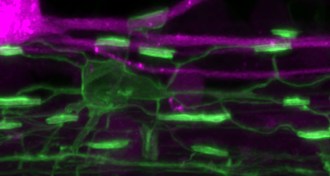 Life
LifeBrain cell insulators are short-timers
Limited myelin production time may make it harder to repair nerve casings damaged by multiple sclerosis.
-
 Neuroscience
NeuroscienceResearch prods brain wiring underlying compulsive behavior
Complementary studies, focusing on repetitive grooming in mice, offer potential for new treatment strategies in humans.
-
 Neuroscience
NeurosciencePieces of Light
How the New Science of Memory Illuminates the Stories We Tell About Our Pasts by Charles Fernyhough.
By Science News